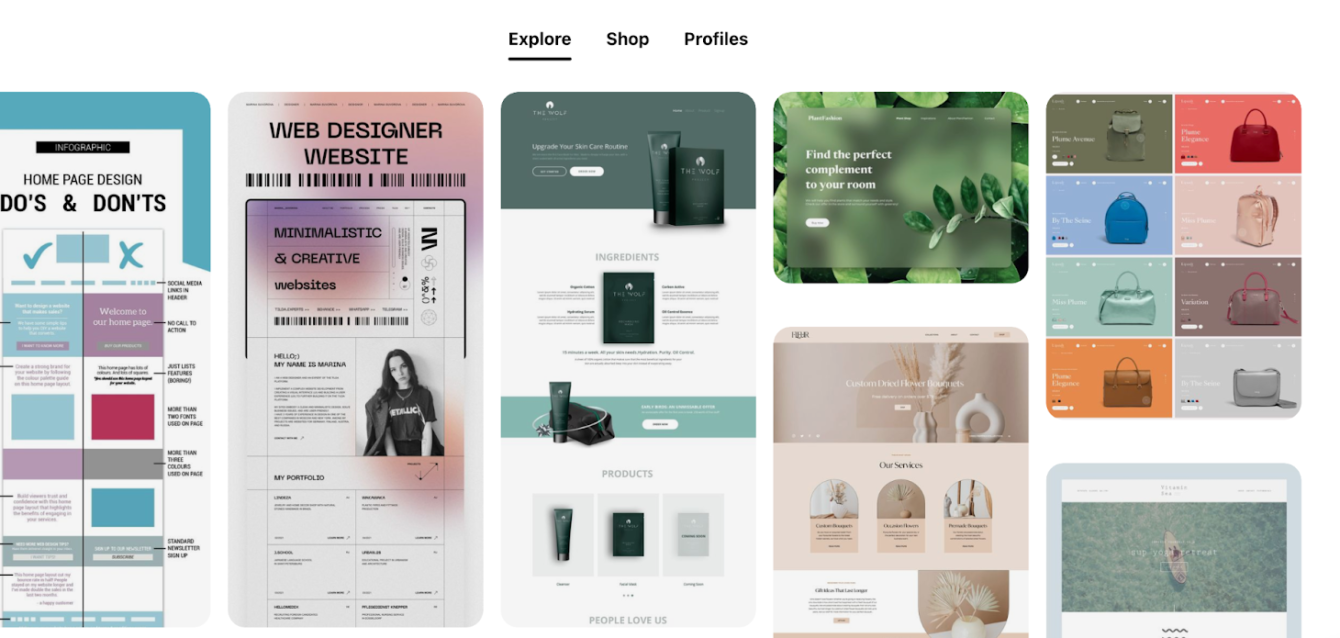In today’s competitive digital landscape, effective website design is crucial for converting visitors into loyal customers. A user-friendly, attractive design doesn’t just make your website look good; it can directly impact conversion rates. Here are seven website design principles that can significantly enhance your conversion rates.
1. Prioritize Mobile Responsiveness
Mobile devices account for more than half of internet traffic. Ensuring your website is responsive—meaning it adapts seamlessly to any screen size—is essential. A mobile-friendly design doesn’t just improve user experience; it’s also favored by search engines, making it easier for mobile users to find your site.
2. Focus on Speed
Users expect fast-loading websites, and even a one-second delay can significantly reduce conversion rates. Use optimized images, reduce code bloat, and leverage tools like content delivery networks (CDNs) to ensure quick load times. Google’s PageSpeed Insights can also help you identify specific areas to improve.
3. Implement Clear Call-to-Action (CTA) Buttons
Well-placed and visually striking CTAs guide users toward desired actions, such as signing up or making a purchase. Use contrasting colors and straightforward language to make your CTAs stand out. For instance, “Get Started” or “Sign Up Now” should be direct, encouraging users to take action immediately.
4. Utilize White Space Effectively
White space, or negative space, makes your content easier to digest and prevents a cluttered appearance. By giving elements breathing room, you can lead the user’s eye to key parts of the page, such as CTAs or product information. Proper use of white space contributes to a cleaner, more professional look.
5. Use High-Quality Visuals
Images, videos, and graphics can enhance your site’s appeal and convey your brand message more effectively. High-quality visuals make your website look credible and engaging, helping users build trust. When possible, use original images or videos that reflect your brand’s unique personality.
6. Optimize Navigation
Easy navigation improves user experience and encourages visitors to explore your site further. Use clear labels for menus, keep the navigation bar accessible, and ensure that visitors can quickly find what they’re looking for. A well-structured menu helps keep visitors on your site longer, increasing the chances of conversion.
7. Leverage Trust Signals
Trust is crucial for conversions, especially on e-commerce websites. Displaying trust badges, customer testimonials, and security seals can reassure users that your website is reliable. Including these elements builds credibility and can help reduce any hesitation users may have when deciding to buy or sign up.
Conclusion
By following these seven design principles, you can create a website that not only looks great but also converts visitors into customers. A clean, responsive, and user-friendly website can make all the difference in today’s digital world. Test and optimize your design regularly to keep it aligned with user expectations and industry standards, ensuring your conversion rates continue to climb.







